
Catch up on the top radiology content of the past week.

Catch up on the top radiology content of the past week.
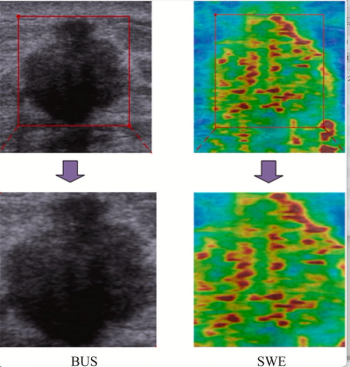
Researchers found that a deep convolutional neural network, incorporating B-mode ultrasound and shear wave elastography data, had nearly an 88 percent sensitivity rate for predicting neoadjuvant chemotherapy response in patients with breast cancer.
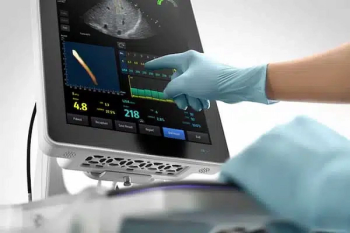
In order to facilitate optimal detection and assessment of liver fibrosis and steatosis, the newly launched Hepatus 6 Diagnostic Ultrasound System offers the capabilities of real-time two-dimensional ultrasound with visual transient elastography in one device.
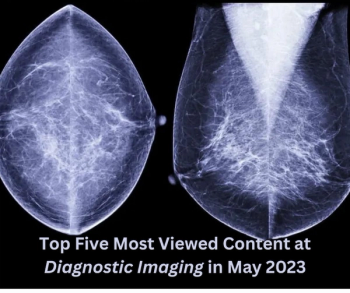
Catch up on the top five most viewed content at Diagnostic Imaging for the month of May 2023.
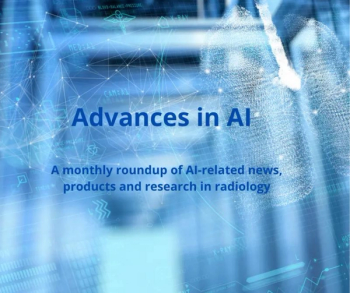
Catch up on the top AI-related news and research from the past month.
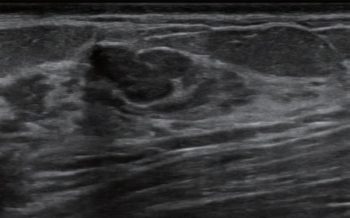
Emerging breast ultrasound research showed the use of computer-aided diagnosis (CAD), powered by deep learning, led to 24 percent and 36.9 percent improvements in accuracy and specificity, respectively, in the use of BI-RADS classifications by radiologists without breast ultrasound expertise.
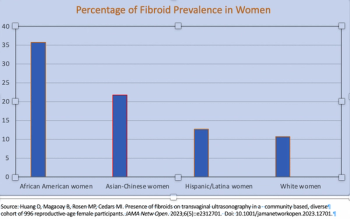
African American and Asian-Chinese women have a disproportionately higher prevalence of fibroids, according to newly published transvaginal ultrasound findings in a diverse population of nearly 1,000 women.
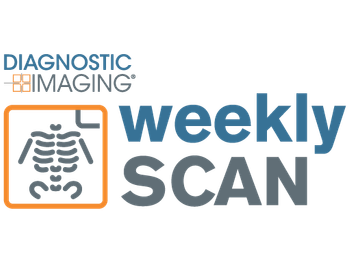
Catch up on the top radiology content of the past week.

In a recent video interview, David Ouyang, M.D., shared insights from two recent studies he co-authored on the use of artificial intelligence (AI) to improve initial assessment of left ventricular ejection fraction (LVEF) on echocardiography and ascertain cardiac risks associated with changes in the left ventricle sphericity index seen on magnetic resonance imaging (MRI).
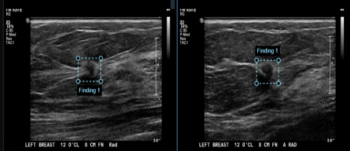
Adjunctive use of an artificial intelligence (AI) software demonstrated nearly equivalent sensitivity and over 28 percent higher accuracy in comparison to radiologist assessment of breast ultrasound images for breast lesions, according to new research presented at the recent Society of Breast Imaging (SBI) conference.

Catch up on the top radiology content of the past week.

The artificial intelligence (AI)-powered EchoGo Amyloidosis can reportedly detect cardiac amyloidosis by assessing a single echocardiogram.

Catch up on the top AI-related news and research from the past month.
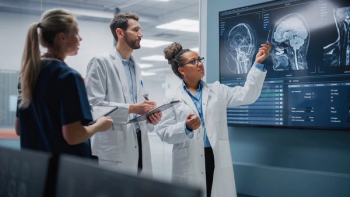
Lamenting a lack of control over imaging requests from referring clinicians, this author suggests that a more collaborative approach between referrers and radiologists may facilitate more efficient use of imaging.

Catch up on the top radiology content of the past week.
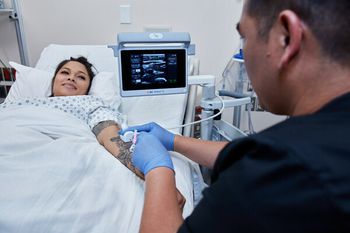
The BD Prevue™ II Peripheral Vascular Access System reportedly offers real-time needle depth markers that may reduce multiple needlestick attempts and allow easier placement of intravenous (IV) access in high-risk patients.

Catch up on the top radiology content of the past week.

Based on a review of 3,495 echocardiographic studies to evaluate left ventricular ejection fraction (LVEF), researchers found that cardiologists changed initial artificial intelligence (AI) assessment 16.8 percent of the time and initial sonographer assessment 27.2 percent of the time.
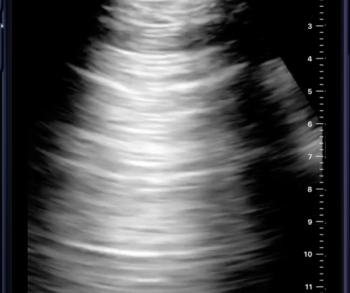
The artificial intelligence (AI) powered Auto B-line Counter, which reportedly produces a B-line count from a six-second ultrasound clip, may facilitate more expedient and consistent assessment of abnormal lung function.
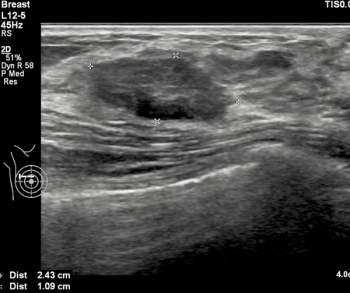
Emerging research shows the adjunctive use of automated breast ultrasound with mammography has similar sensitivity for breast cancer detection as adjunctive handheld ultrasound but may offer reduced false-positive rates in women with dense breasts.
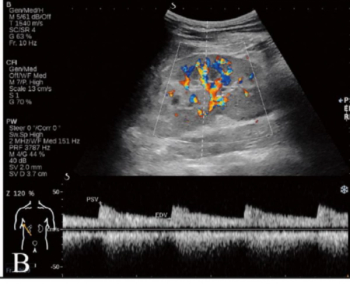
Smart-CKD, an ultrasound-derived, computer-aided diagnosis (CAD) tool, demonstrated an area under the curve of 81 percent and an 83 percent sensitivity rate in a validation cohort for differentiating between mild and moderate to severe fibrosis in patients with chronic kidney disease.
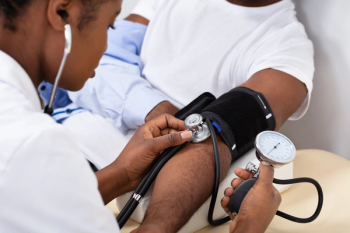
Findings from three randomized trials of ultrasound renal denervation revealed a significant reduction in daytime ambulatory systolic blood pressure in patients with varying levels of hypertension.

Catch up on the top AI-related news and research in radiology over the past month.
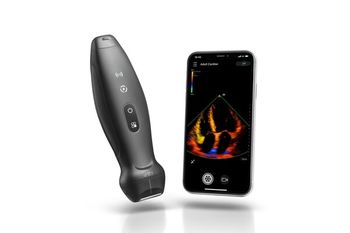
The TE Air reportedly combines enhanced point-of-care ultrasound imaging with an array of practical benefits for radiologists.

Catch up on the top radiology content of the past week.